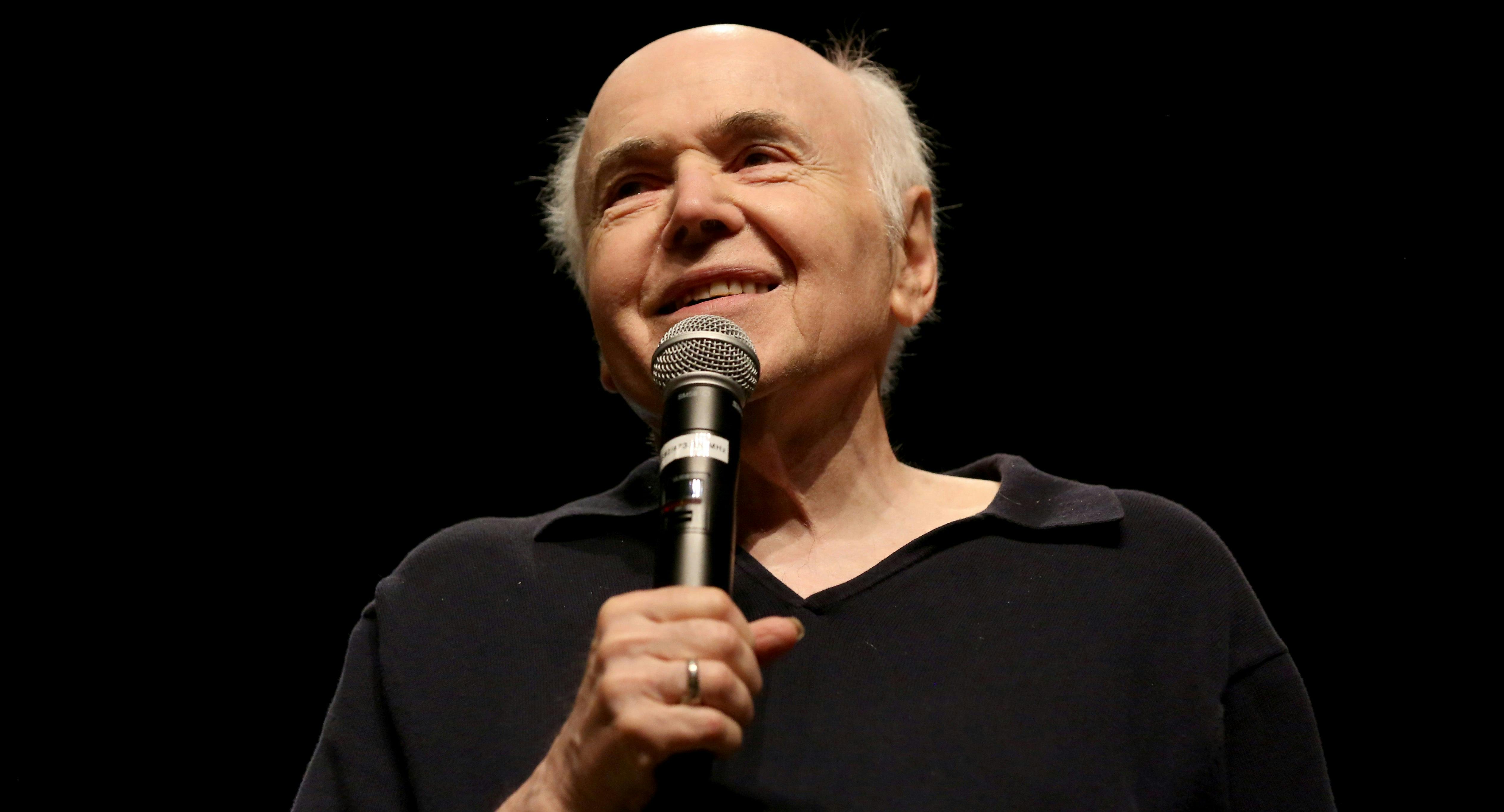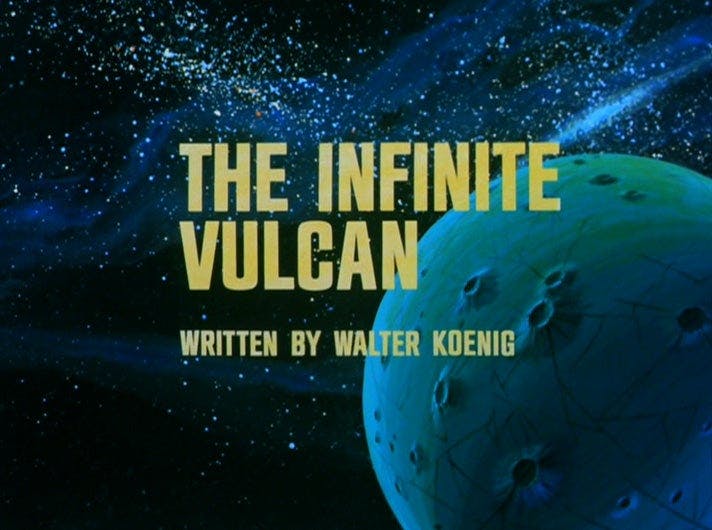Published Sep 14, 2019
Walter Koenig Remembers "The Infinite Vulcan"
StarTrek.com caught up with the candid Koenig to discuss his memories from TAS.

StarTrek.com
This interview originally ran in 2011.
Walter Koenig may be best known to Star Trek fans for his years spent playing Chekov on Star Trek: The Original Series and in seven Trek features, but he’s also penned a making-of book about The Motion Picture, an autobiography and even an episode of The Animated Series entitled “The Infinite Vulcan.” The TAS episode in question centered on a cloned giant, Keniclius Five, that clones Spock in order to create an intergalactic peacemaker. However, creating the giant Spock clone nearly kills the real Spock.
In order to look back at the sometimes underappreciated series, StarTrek.com caught up with the always-candid Koenig to discuss his memories of “The Infinite Vulcan.”

StarTrek.com
StarTrek.com: It’s an almost legendary story that the Filmation people making TAS couldn’t afford to hire everyone from the original cast to do voiceovers, and Chekov was last in, first out. So how did you wind up writing a TASepisode?
Walter Koenig: It came around in a rather oblique manner. I had been working on a novel, or it might have been a screenplay. I don’t really remember. This was the days of typewriters, and no spell check [laughs]. I asked [Gene Roddenberry’s assistant] Susan Sackett to type it up for me and said I would pay for it. She read it and told Gene about it, and told him that I could write quality material. He read it and then asked me if I’d be interested in doing an animated episode of Star Trek.
What interested most about your premise? What did you want to put across?
WK: I took it from the newspapers. Cloning was something that was being speculated about a great deal in that period. I know that there’s been a new surge in interest about cloning in the past eight or 10 years. But even at that juncture, in the early 1970s, there was a lot of discussion. I thought, “What if?” and I took it from there.
What went down after you turned in your initial draft of the teleplay isn’t among the happier Trek stories you tell…
WK: Well, the whole thing was a little unpleasant to me. First of all, I did about 10 drafts. I never thought I could get through 10 drafts. It just was an unbearable process. Gene kept saying, “Let’s use talking vegetables. This is animation. Let’s do this. Let’s do that.” So I had to keep making adjustments to accommodate the medium in which we were working. So that wasn’t very pleasant.
I also was very disappointed that I wasn’t included in the cast. I’m certainly capable of paranoia and I don’t say that glibly. I say that with great sincerity. And I felt really abused by not being involved. I did applaud Leonard Nimoy’s posture during this whole thing, not in terms of me, but in terms of George and Nichelle, because he took a stand, saying that he would not perform in the animated show unless they were included, since they were part of the original show and helped make it a success. It made sense, in terms of his not marshaling his forces on my behalf, because I wasn’t part of the original show. But all the same I felt I was kind of screwed around because I asked if I could come in and read for the part of Keniclius and they said “Yeah,” and it was really lip service. I came in and I read, and they had no intention of hiring. So that upset me.
And then the final insult was I didn’t learn that I wasn’t going to be one of the actors in the animated Star Trek until I was at a convention in Los Angeles. Dorothy Fontana had just given a talk. She was the producer/story editor of the show, and she told the fans I wasn’t going to be an actor in it. I didn’t know that [yet]. And the fans came out and they saw me, and the first thing they said was, “How do you feel about not being an actor in it.” I was not prepared for that. It was really out of left field. I was rather staggered by it. I was then, a little while later the same day, on a panel with Gene and I tried to bring it up. He kind of waved me off and said, “Well, that’s just the way it goes.” So the whole thing was not terribly pleasant.

StarTrek.com
What did you make of the final product?
WK: I watched a few of the episodes and I thought it was OK. Obviously, the writing was better than the animation, and that put it in a very untenable place because the people [adults] who could appreciate the storylines had to sit through some primitive animation and those [children] who were happy with the animation were not likely to absorb the storylines as well as their grown-up counterparts. And my episode, specifically, I thought it was OK. In the years that have followed, I have heard everything from that it was the worst episode of the show to that it was one of the best. So I have no idea, really, where it stands. I thought it was an interesting take and certainly a little different.
One little Easter egg in there is that the plant in the episode is called “Retlaw.” Can we assume that was your idea?
WK: That was my idea. You know, back in the 1940s there was a comic book called “Planet Comics,” and the aliens talked backwards. I was trying to be cute, not clever, when I did that. In fact, when I did my episode [“The Stranger”] of Land of the Lost, a character I created, which was called Enik — which also ended up being in the [recent Will Ferrell movie] — was originally called Eneg. That’s G-e-n-e backwards, which was for Gene Roddenberry. But [Land of the Lost story editor] David Gerrold caught it and said, “No, we can’t have that.” But whenever I get a chance, it’s my little signature thing, to have a character’s name be someone else’s name spelled backwards.
This interview has been edited and condensed.
